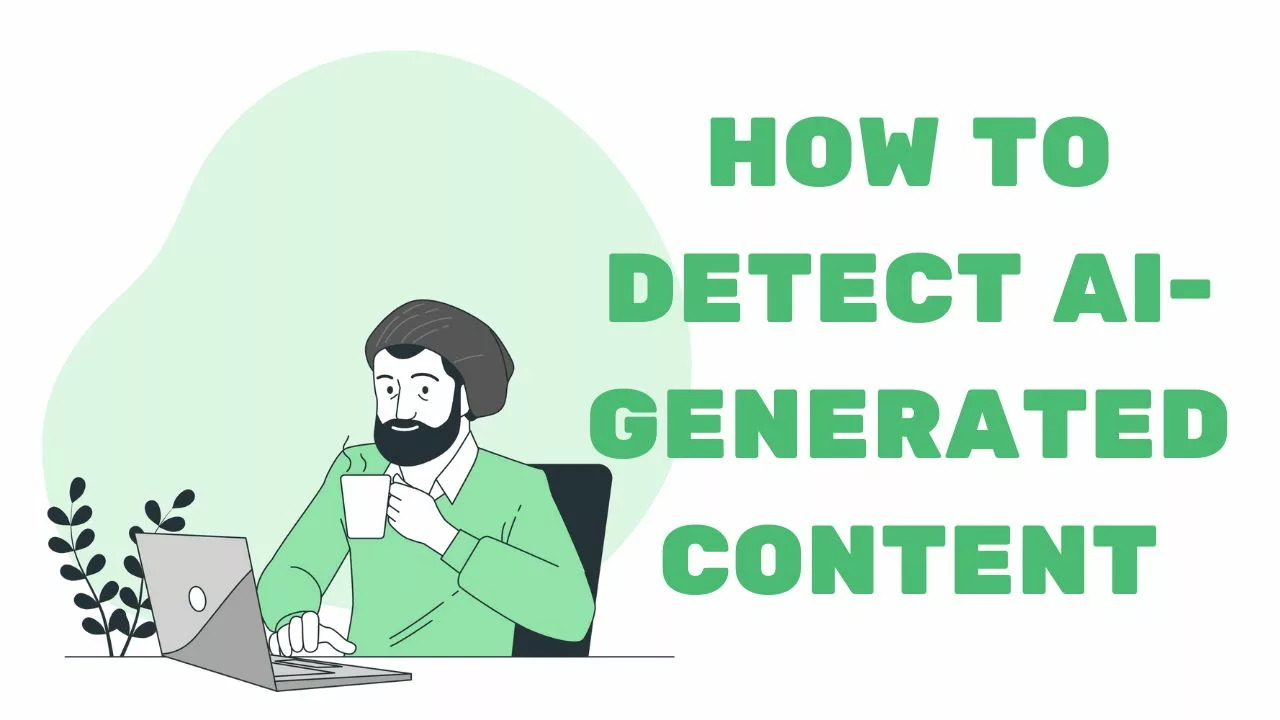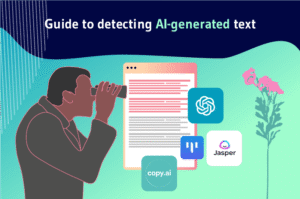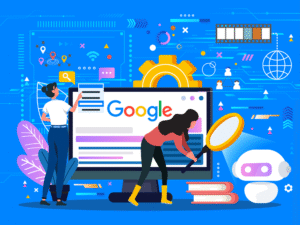How to Detect AI-Generated Content (Tools + Tips)
Artificial Intelligence is now so advanced that AI-generated content can sound almost indistinguishable from human writing. From news articles to academic papers, blogs, and even social media captions, AI tools like ChatGPT, Claude, and Gemini are producing text at lightning speed. While this has opened incredible opportunities for productivity, it has also created challenges in verifying authenticity.
Whether you’re an educator trying to spot AI-written essays, a journalist verifying sources, or a business owner checking content originality, knowing how to detect AI-generated content is becoming a vital skill.
In this guide, we’ll explore how AI content works, red flags to look for, and the best AI detection tools to help you stay ahead.
Why Detecting AI Content Matters
AI-generated text isn’t inherently bad — in fact, it can be useful for research, drafting, and automation. However, problems arise when:
-
Plagiarism & academic dishonesty occur in schools or universities.
-
Misinformation spreads due to fabricated facts or biased AI outputs.
-
SEO manipulation happens with mass-produced low-quality articles.
-
Loss of trust emerges in journalism and content marketing.
By detecting AI content, you ensure authenticity, originality, and accountability in communication.
How AI-Generated Content Works
Large Language Models (LLMs) like GPT-4, Claude, and LLaMA generate content by predicting the next most likely word based on patterns in huge datasets. While this allows them to produce coherent and natural-sounding text, it also means they:
-
May lack true personal experience.
-
Often produce generic or overly formal tone.
-
Sometimes make factual errors (“hallucinations”).
These characteristics give us clues to spot AI writing.
Signs That Content May Be AI-Generated
Here are practical red flags to watch out for:
1. Overly Perfect Grammar and Structure
Humans make small grammatical quirks, style shifts, and typos — AI rarely does unless prompted to mimic them.
2. Repetitive Phrases and Patterns
AI tends to reuse certain transitions like “In conclusion”, “In today’s world”, or “It is important to note” across different sections.
3. Lack of Personal Perspective
AI content often avoids genuine personal anecdotes, emotions, or unique lived experiences.
4. Generic and Over-Explained Ideas
The text might sound overly explanatory for simple concepts, as AI tries to make every sentence “clear” and complete.
5. Inconsistent or Fabricated Facts
When fact-checking, you may find that statistics or quotes don’t exist.
Best Tools to Detect AI-Generated Content
Here are the top AI detection tools in 2025 that can help you verify authenticity:
1. Originality.AI
-
Specializes in detecting ChatGPT and GPT-4 outputs.
-
Offers plagiarism + AI content scanning.
-
Best for publishers and SEO agencies.
2. GPTZero
-
Widely used in education.
-
Checks perplexity and burstiness to spot unnatural patterns.
-
Free and simple interface.
3. Copyleaks AI Detector
-
Detects AI-generated content in multiple languages.
-
API integration for businesses.
4. Writer.com AI Content Detector
-
Great for marketing teams to ensure brand consistency.
-
Highlights AI-generated sentences directly.
5. Sapling AI Detector
-
Detects GPT-3/4 and other model outputs.
-
Useful for business communication and HR screening.
Manual Methods to Spot AI Content (Without Tools)
While detection tools are powerful, you can also manually analyze text for AI traits:
-
Ask follow-up questions — AI-generated authors may not provide detailed context when questioned.
-
Check timestamps — AI can produce thousands of words in seconds, which is unnatural for humans.
-
Look for style uniformity — AI keeps the same tone throughout, while human writing naturally varies.
How to Reduce False Positives in AI Detection
Not all AI detectors are perfect — sometimes, creative human writing gets flagged incorrectly. To minimize errors:
-
Cross-check using 2-3 detection tools.
-
Manually review flagged content.
-
Use fact-checking to verify claims.
Ethical Considerations in AI Detection
AI detection must balance accuracy and fairness. For instance:
-
Students — Avoid punishing without confirming; AI tools may mislabel.
-
Journalists — Ensure fact-checking and transparency.
-
Businesses — Inform writers if AI detection tools are used for screening.
Tips to Make Human-Written Content Stand Out
If you want to ensure your work doesn’t get mistaken for AI output:
-
Add personal stories and opinions.
-
Include niche knowledge only you could know.
-
Use natural imperfections in sentence structure.
-
Cite real, verifiable sources.
The Future of AI Content Detection
As AI writing tools improve, detection will become harder. Models like GPT-5 and beyond can mimic human creativity more closely. Expect next-gen detectors to use:
-
Behavioral tracking (typing patterns).
-
Digital watermarks in AI outputs.
-
Blockchain-based content authentication.
Final Thoughts
AI writing is here to stay — but so is the need for content authenticity. By using a combination of detection tools, manual analysis, and ethical judgment, you can confidently spot AI-generated content and maintain trust in your work.
As the line between human and AI writing blurs, remember: the goal isn’t to fear AI, but to use it responsibly while protecting truth and originality.





